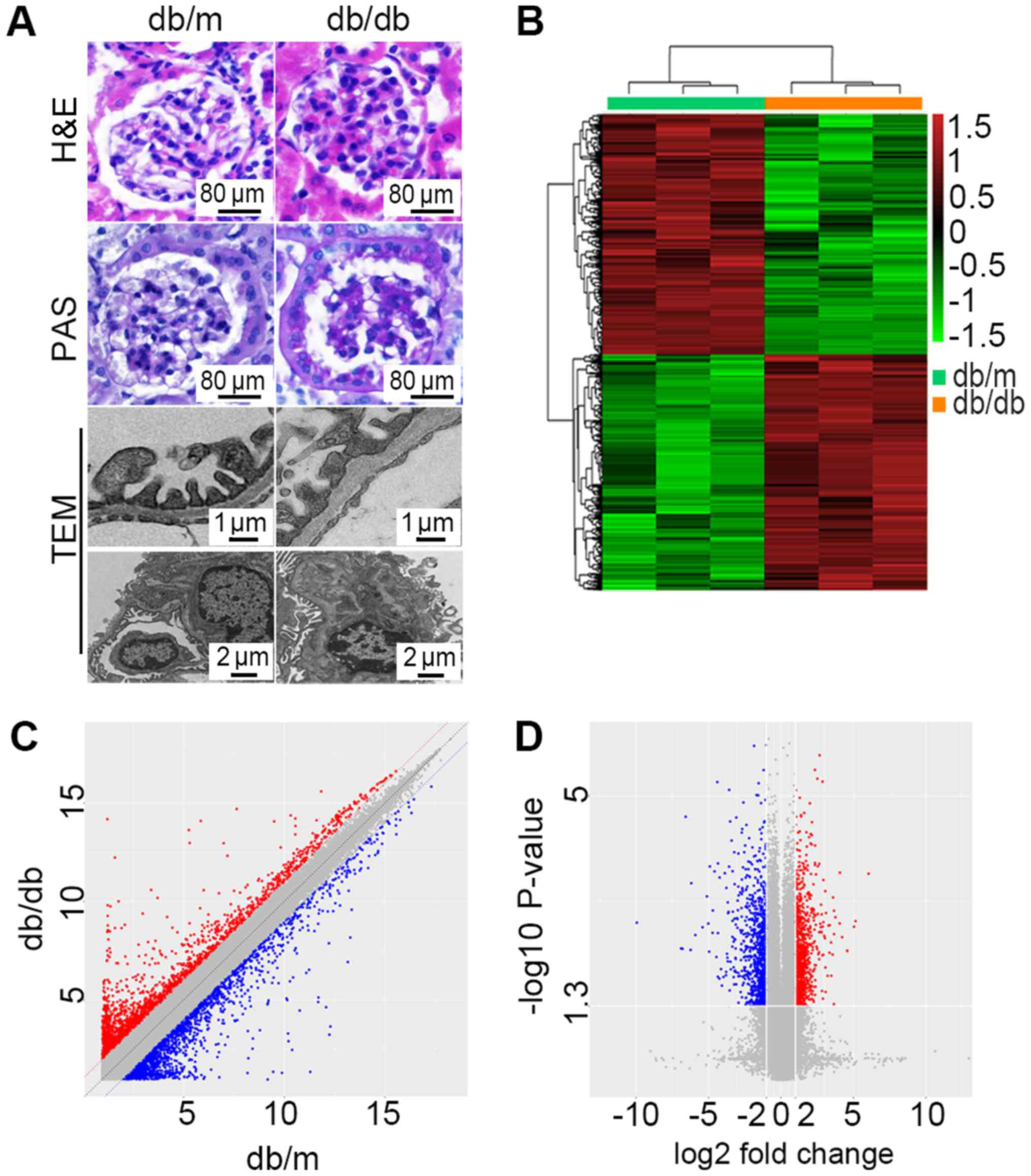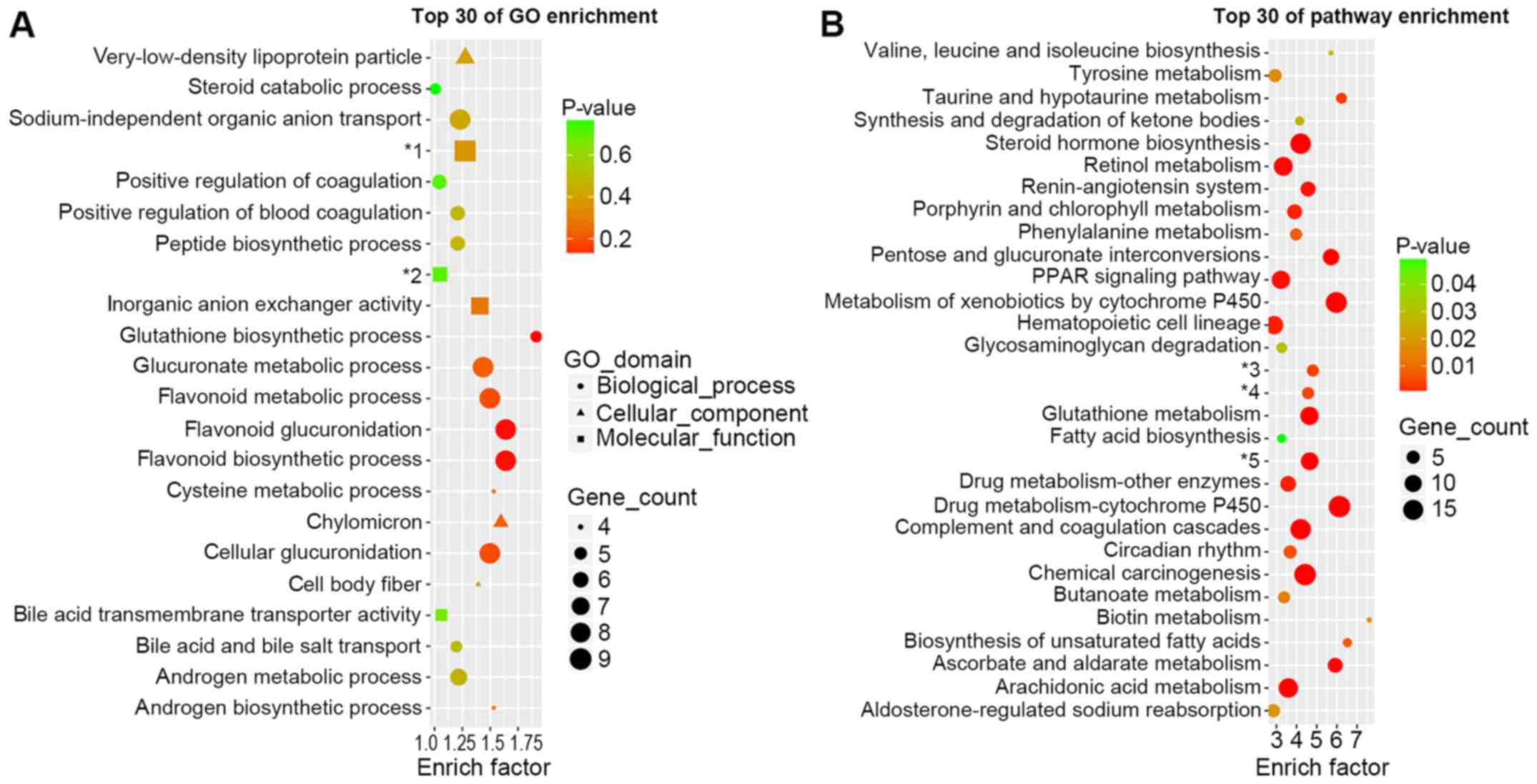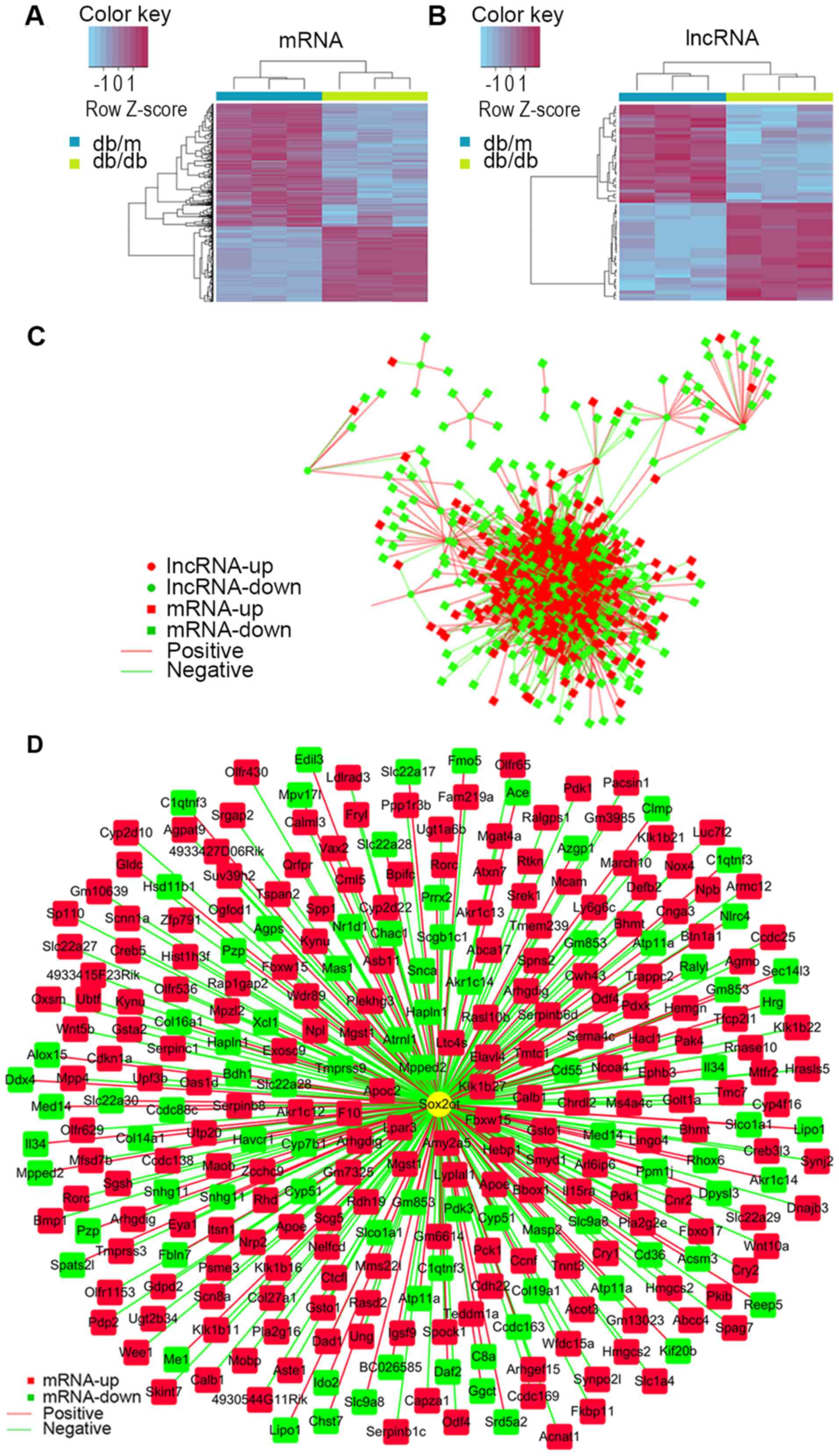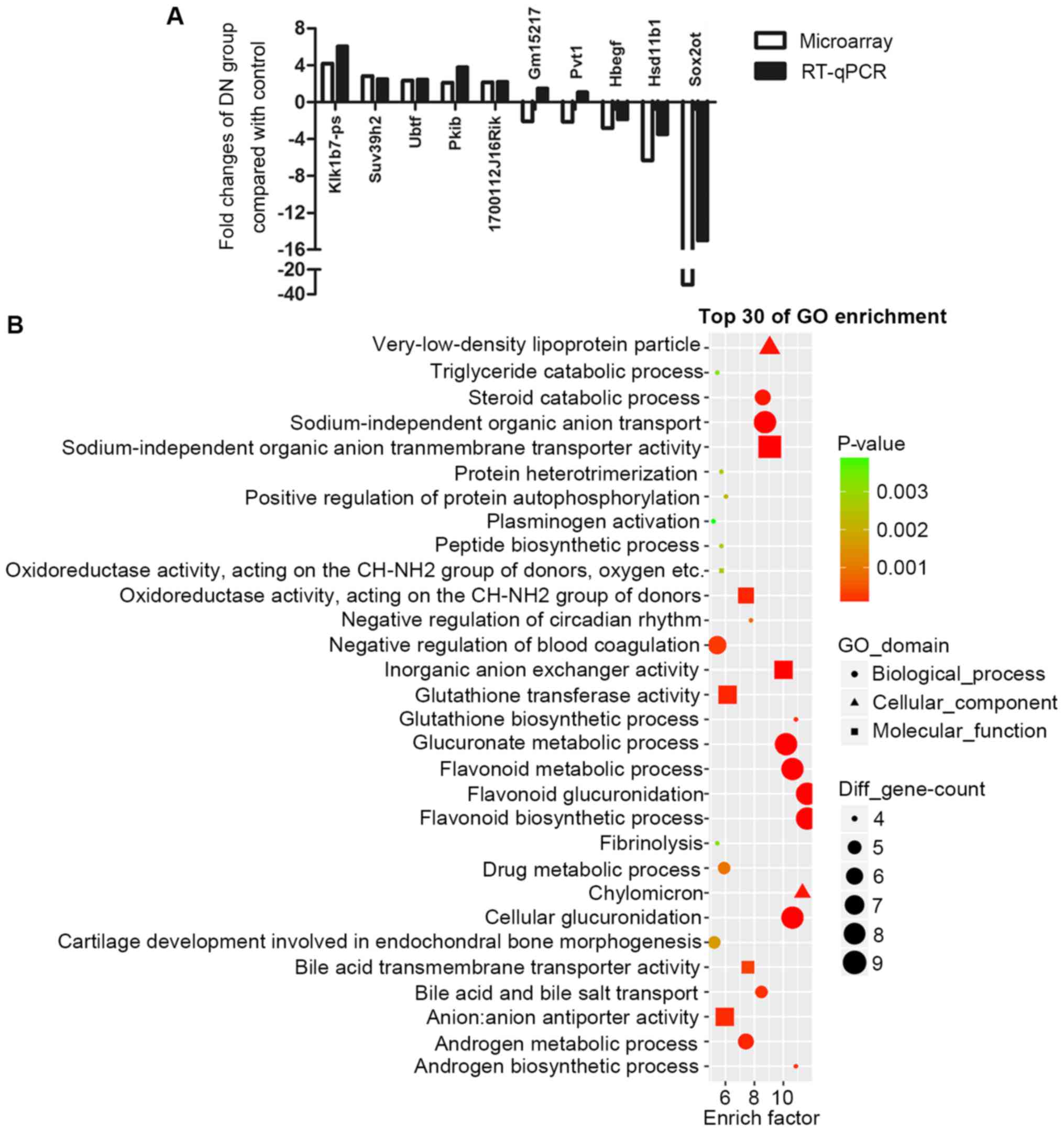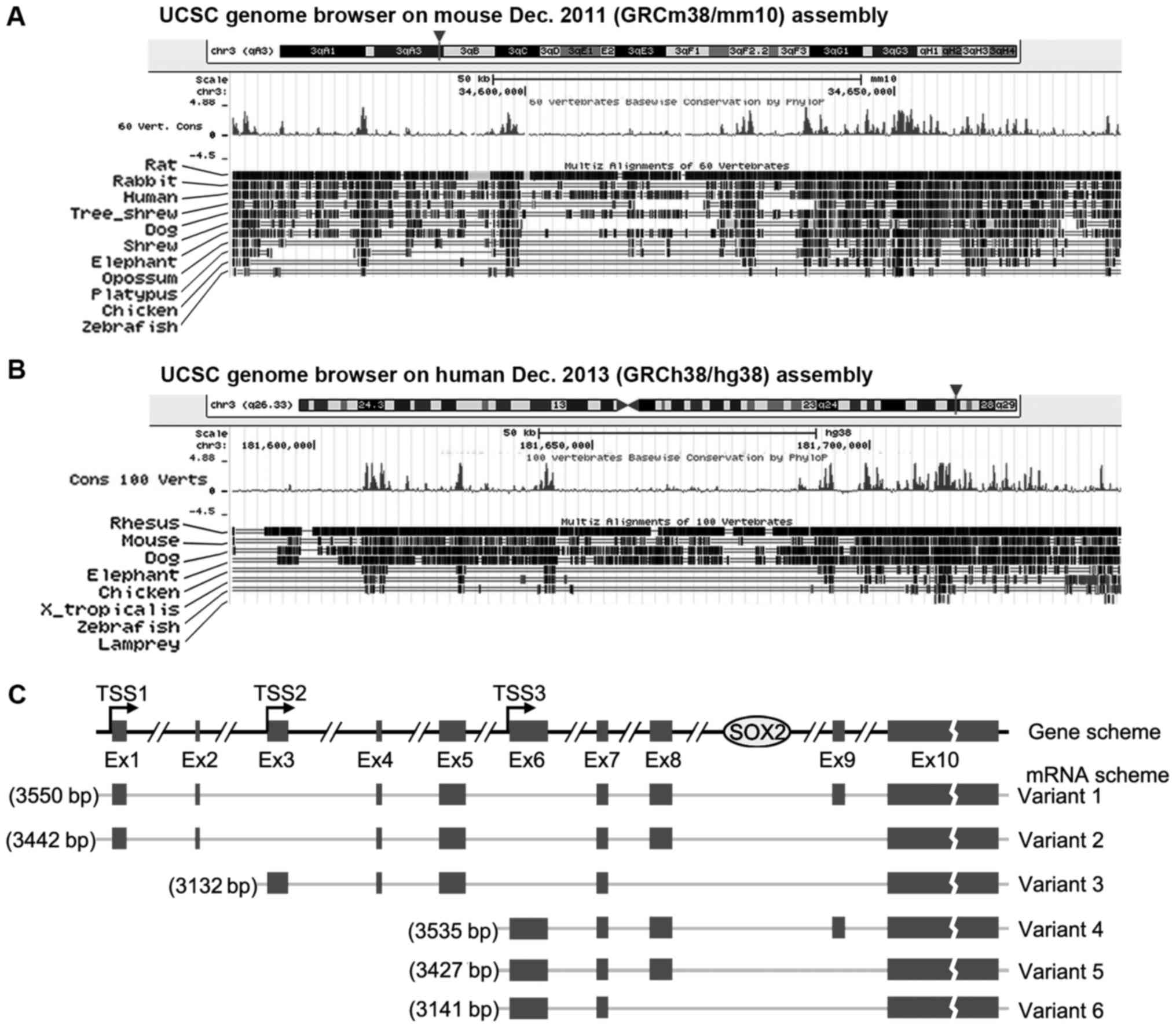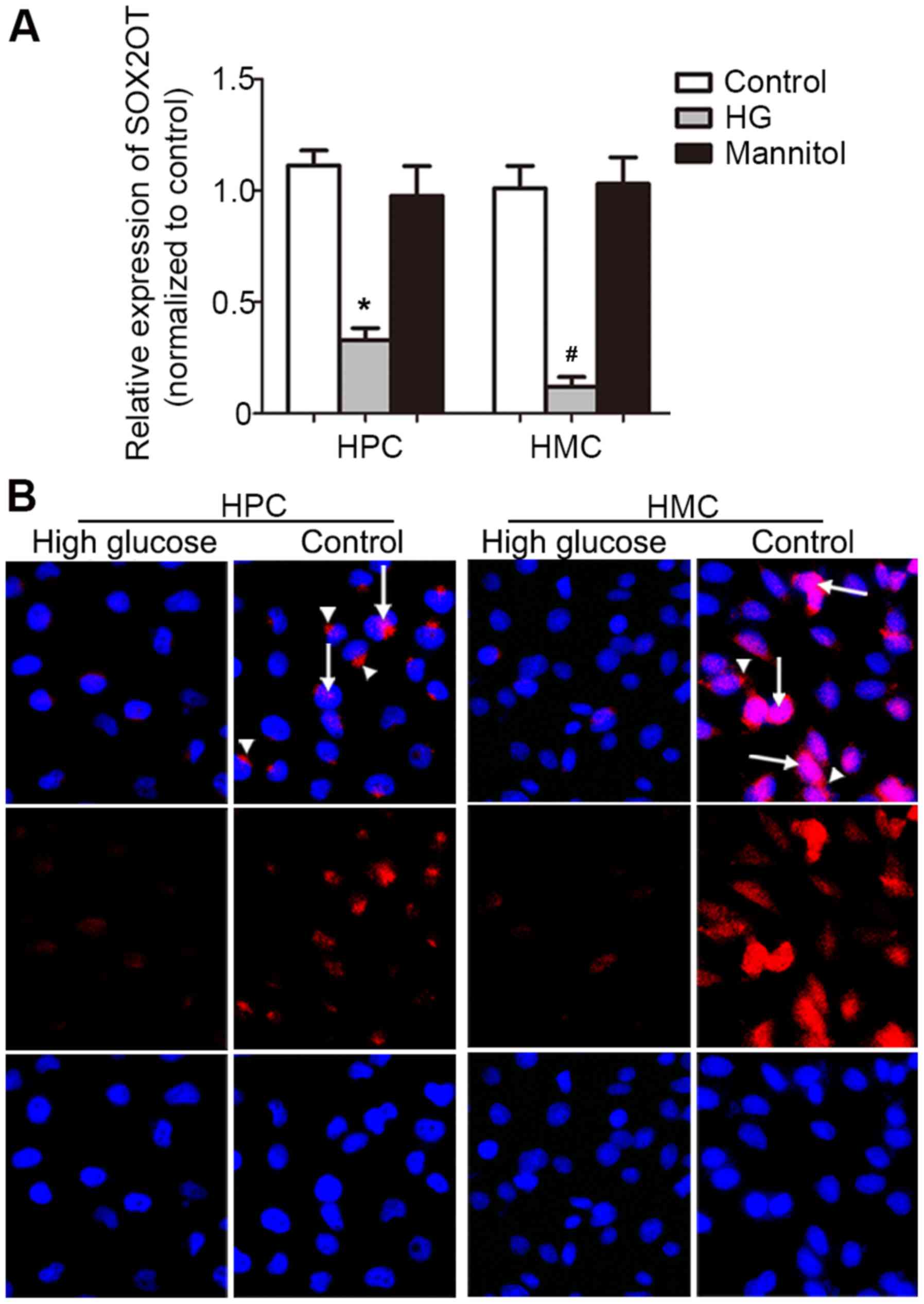|
1
|
Vicente PC, Kim JY, Ha JJ, Song MY, Lee
HK, Kim DH, Choi JS and Park KS: Identification and
characterization of site-specific N-glycosylation in the potassium
channel Kv3.1b. J Cell Physiol. 233:549–558. 2018. View Article : Google Scholar : PubMed/NCBI
|
|
2
|
Badal SS and Danesh FR: New insights into
molecular mechanisms of diabetic kidney disease. Am J Kidney Dis.
63 2 Suppl 2:S63–S83. 2014. View Article : Google Scholar : PubMed/NCBI
|
|
3
|
Hwang SH, Han BI and Lee M: Knockout of
ATG5 leads to malignant cell transformation and resistance to Src
family kinase inhibitor PP2. J Cell Physiol. 233:506–515. 2018.
View Article : Google Scholar : PubMed/NCBI
|
|
4
|
Frenette-Cotton R, Marcoux AA, Garneau AP,
Noel M and Isenring P: Phosphoregulation of K(+) -Cl(−)
cotransporters during cell swelling: Novel insights. J Cell
Physiol. 233:396–408. 2018. View Article : Google Scholar : PubMed/NCBI
|
|
5
|
Shang J, Wan Q, Wang X, Duan Y, Wang Z,
Wei X, Zhang Y, Wang H, Wang R and Yi F: Identification of NOD2 as
a novel target of RNA-binding protein HuR: Evidence from NADPH
oxidase-mediated HuR signaling in diabetic nephropathy. Free Radic
Biol Med. 79:217–227. 2015. View Article : Google Scholar : PubMed/NCBI
|
|
6
|
Liu R, Liao X, Li X, Wei H, Liang Q, Zhang
Z, Yin M, Zeng X, Liang Z and Hu C: Expression profiles of long
noncoding RNAs and mRNAs in post-cardiac arrest rat brains. Mol Med
Rep. 17:6413–6424. 2018.PubMed/NCBI
|
|
7
|
Liao Z, Zhao J and Yang Y: Downregulation
of lncRNA H19 inhibits the migration and invasion of melanoma cells
by inactivating the NFkappaB and PI3K/Akt signaling pathways. Mol
Med Rep. 17:7313–7318. 2018.PubMed/NCBI
|
|
8
|
Xu JH, Chang WH, Fu HW, Yuan T and Chen P:
The mRNA, miRNA and lncRNA networks in hepatocellular carcinoma: An
integrative transcriptomic analysis from Gene Expression Omnibus.
Mol Med Rep. 17:6472–6482. 2018.PubMed/NCBI
|
|
9
|
Li Z, Xu Y, Liu X, Nie Y and Zhao Z:
Urinary heme oxygenase-1 as a potential biomarker for early
diabetic nephropathy. Nephrology (Carlton). 22:58–64. 2017.
View Article : Google Scholar : PubMed/NCBI
|
|
10
|
Zhang Z, Cheng X, Yue L, Cui W, Zhou W,
Gao J and Yao H: Molecular pathogenesis in chronic obstructive
pulmonary disease and therapeutic potential by targeting
AMP-activated protein kinase. J Cell Physiol. 233:1999–2006. 2018.
View Article : Google Scholar : PubMed/NCBI
|
|
11
|
Guo J, Xiao J, Gao H, Jin Y and Zhao Z,
Jiao W, Liu Z and Zhao Z: Cyclooxygenase-2 and vascular endothelial
growth factor expressions are involved in ultrafiltration failure.
J Surg Res. 188:527–536e2. 2014. View Article : Google Scholar : PubMed/NCBI
|
|
12
|
Tian F, Gu C, Zhao Z, Li L, Lu S and Li Z:
Urinary Emmprin, matrix metalloproteinase 9 and tissue inhibitor of
metalloproteinase 1 as potential biomarkers in children with
ureteropelvic junction narrowing on conservative treatment.
Nephrology (Carlton). 20:194–200. 2015. View Article : Google Scholar : PubMed/NCBI
|
|
13
|
Kong XD, Shi HR, Liu N, Wu QH, Xu XJ, Zhao
ZH, Lu N, Li-Ling J and Luo D: Mutation analysis and prenatal
diagnosis for three families affected by isolated methylmalonic
aciduria. Genet Mol Res. 13:8234–8240. 2014. View Article : Google Scholar : PubMed/NCBI
|
|
14
|
Zou Y, Li C, Shu F, Tian Z, Xu W, Xu H,
Tian H, Shi R and Mao X: lncRNA expression signatures in
periodontitis revealed by microarray: The potential role of lncRNAs
in periodontitis pathogenesis. J Cell Biochem. 116:640–647. 2015.
View Article : Google Scholar : PubMed/NCBI
|
|
15
|
Zhang S, Zhang Y, Wei X, Zhen J, Wang Z,
Li M, Miao W, Ding H, Du P, Zhang W, et al: Expression and
regulation of a novel identified TNFAIP8 family is associated with
diabetic nephropathy. Biochim Biophys Acta. 1802:1078–1086. 2010.
View Article : Google Scholar : PubMed/NCBI
|
|
16
|
Livak KJ and Schmittgen TD: Analysis of
relative gene expression data using real-time quantitative PCR and
the 2(-Delta Delta C(T)) method. Methods. 25:402–408. 2001.
View Article : Google Scholar : PubMed/NCBI
|
|
17
|
Shi X, Xu Y, Zhang C, Feng L, Sun Z, Han
J, Su F, Zhang Y, Li C and Li X: Subpathway-LNCE: Identify
dysfunctional subpathways competitively regulated by lncRNAs
through integrating lncRNA-mRNA expression profile and pathway
topologies. Oncotarget. 7:69857–69870. 2016. View Article : Google Scholar : PubMed/NCBI
|
|
18
|
Chen X: KATZLDA: KATZ measure for the
lncRNA-disease association prediction. Sci Rep. 5:168402015.
View Article : Google Scholar : PubMed/NCBI
|
|
19
|
Hu M, Wang R, Li X, Fan M, Lin J, Zhen J,
Chen L and Lv Z: LncRNA MALAT1 is dysregulated in diabetic
nephropathy and involved in high glucose-induced podocyte injury
via its interplay with β-catenin. J Cell Mol Med. 21:2732–2747.
2017. View Article : Google Scholar : PubMed/NCBI
|
|
20
|
Wang C, Han C, Zhang Y and Liu F: LncRNA
PVT1 regulate expression of HIF1alpha via functioning as ceRNA for
miR199a5p in nonsmall cell lung cancer under hypoxia. Mol Med Rep.
17:1105–1110. 2018.PubMed/NCBI
|
|
21
|
Tang X, Gao Y, Yu L, Lu Y, Zhou G, Cheng
L, Sun K, Zhu B, Xu M and Liu J: Correlations between lncRNA-SOX2OT
polymorphism and susceptibility to breast cancer in a Chinese
population. Biomark Med. 11:277–284. 2017. View Article : Google Scholar : PubMed/NCBI
|
|
22
|
Shahryari A, Jazi MS, Samaei NM and Mowla
SJ: Long non-coding RNA SOX2OT: Expression signature, splicing
patterns, and emerging roles in pluripotency and tumorigenesis.
Front Genet. 6:1962015. View Article : Google Scholar : PubMed/NCBI
|
|
23
|
Munschauer M, Nguyen CT, Sirokman K,
Hartigan CR, Hogstrom L, Engreitz JM, Ulirsch JC, Fulco CP,
Subramanian V, Chen J, et al: The NORAD lncRNA assembles a
topoisomerase complex critical for genome stability. Nature.
561:132–136. 2018. View Article : Google Scholar : PubMed/NCBI
|
|
24
|
Zhang Y, Pitchiaya S, Cieslik M, Niknafs
YS, Tien JC, Hosono Y, Iyer MK, Yazdani S, Subramaniam S, Shukla
SK, et al: Analysis of the androgen receptor-regulated lncRNA
landscape identifies a role for ARLNC1 in prostate cancer
progression. Nat Genet. 50:814–824. 2018. View Article : Google Scholar : PubMed/NCBI
|
|
25
|
Hua JT, Ahmed M, Guo H, Zhang Y, Chen S,
Soares F, Lu J, Zhou S, Wang M, Li H, et al: Risk SNP-mediated
promoter-enhancer switching drives prostate cancer through lncRNA
PCAT19. Cell. 174:564–575e18. 2018. View Article : Google Scholar : PubMed/NCBI
|
|
26
|
Wong R, Chen W, Zhong X, Rutka JT, Feng ZP
and Sun HS: Swelling-induced chloride current in glioblastoma
proliferation, migration, and invasion. J Cell Physiol.
233:363–370. 2018. View Article : Google Scholar : PubMed/NCBI
|
|
27
|
Bagheri V, Memar B, Momtazi AA, Sahebkar
A, Gholamin M and Abbaszadegan MR: Cytokine networks and their
association with Helicobacter pylori infection in gastric
carcinoma. J Cell Physiol. 233:2791–2803. 2018. View Article : Google Scholar : PubMed/NCBI
|
|
28
|
Feng B, Yan XF, Xue JL, Xu L and Wang H:
The protective effects of alpha-lipoic acid on kidneys in type 2
diabetic Goto-Kakisaki rats via reducing oxidative stress. Int J
Mol Sci. 14:6746–6756. 2013. View Article : Google Scholar : PubMed/NCBI
|
|
29
|
Olli KE, Li K, Galileo DS and
Martin-DeLeon PA: Plasma membrane calcium ATPase 4 (PMCA4)
co-ordinates calcium and nitric oxide signaling in regulating
murine sperm functional activity. J Cell Physiol. 233:11–22. 2018.
View Article : Google Scholar : PubMed/NCBI
|
|
30
|
Noda S, Sumita Y, Ohba S, Yamamoto H and
Asahina I: Soft tissue engineering with micronized-gingival
connective tissues. J Cell Physiol. 233:249–258. 2018. View Article : Google Scholar : PubMed/NCBI
|
|
31
|
Lin W, Izu Y, Smriti A, Kawasaki M,
Pawaputanon C, Bottcher RT, Costell M, Moriyama K, Noda M and Ezura
Y: Profilin1 is expressed in osteocytes and regulates cell shape
and migration. J Cell Physiol. 233:259–268. 2018. View Article : Google Scholar : PubMed/NCBI
|
|
32
|
Xu HZ, Cheng YL, Wang WN, Wu H, Zhang YY,
Zang CS and Xu ZG: 12-Lipoxygenase inhibition on microalbuminuria
in Type-1 and Type-2 diabetes is associated with changes of
glomerular angiotensin II Type 1 receptor related to insulin
resistance. Int J Mol Sci. 17:pii: E684. 2016. View Article : Google Scholar
|
|
33
|
Chen S, Dong C, Qian X, Huang S, Feng Y,
Ye X, Miao H, You Q, Lu Y and Ding D: Microarray analysis of long
noncoding RNA expression patterns in diabetic nephropathy. J
Diabetes Complications. 31:569–576. 2017. View Article : Google Scholar : PubMed/NCBI
|
|
34
|
Alvarez ML and Distefano JK: The role of
non-coding RNAs in diabetic nephropathy: Potential applications as
biomarkers for disease development and progression. Diabetes Res
Clin Pract. 99:1–11. 2013. View Article : Google Scholar : PubMed/NCBI
|
|
35
|
Strippoli R, Loureiro J, Moreno V,
Benedicto I, Lozano ML, Barreiro O, Pellinen T, Minguet S, Foronda
M, Osteso MT, et al: Caveolin-1 deficiency induces a
MEK-ERK1/2-Snail-1-dependent epithelial-mesenchymal transition and
fibrosis during peritoneal dialysis. EMBO Mol Med. 7:3572015.
View Article : Google Scholar : PubMed/NCBI
|
|
36
|
Askarian-Amiri ME, Seyfoddin V, Smart CE,
Wang J, Kim JE, Hansji H, Baguley BC, Finlay GJ and Leung EY:
Emerging role of long non-coding RNA SOX2OT in SOX2 regulation in
breast cancer. PLoS One. 9:e1021402014. View Article : Google Scholar : PubMed/NCBI
|
|
37
|
Hou Z, Zhao W, Zhou J, Shen L, Zhan P, Xu
C, Chang C, Bi H, Zou J, Yao X, et al: A long noncoding RNA Sox2ot
regulates lung cancer cell proliferation and is a prognostic
indicator of poor survival. Int J Biochem Cell Biol. 53:380–388.
2014. View Article : Google Scholar : PubMed/NCBI
|
|
38
|
Liu S, Xu B and Yan D: Enhanced expression
of long non-coding RNA Sox2ot promoted cell proliferation and
motility in colorectal cancer. Minerva Med. 107:279–286.
2016.PubMed/NCBI
|
|
39
|
Su R, Cao S, Ma J, Liu Y, Liu X, Zheng J,
Chen J, Liu L, Cai H, et al: Knockdown of SOX2OT inhibits the
malignant biological behaviors of glioblastoma stem cells via
up-regulating the expression of miR-194-5p and miR-122. Molecular
cancer. 16:1712017. View Article : Google Scholar : PubMed/NCBI
|
|
40
|
Li CP, Wang SH, Wang WQ, Song SG and Liu
XM: Long Noncoding RNA-Sox2OT knockdown alleviates diabetes
mellitus-induced retinal ganglion cell (RGC) injury. Cell Mol
Neurobiol. 37:361–369. 2017. View Article : Google Scholar : PubMed/NCBI
|















